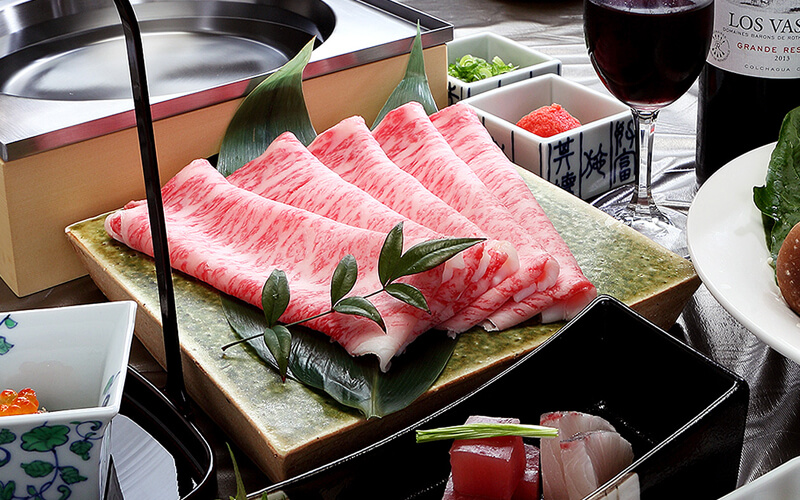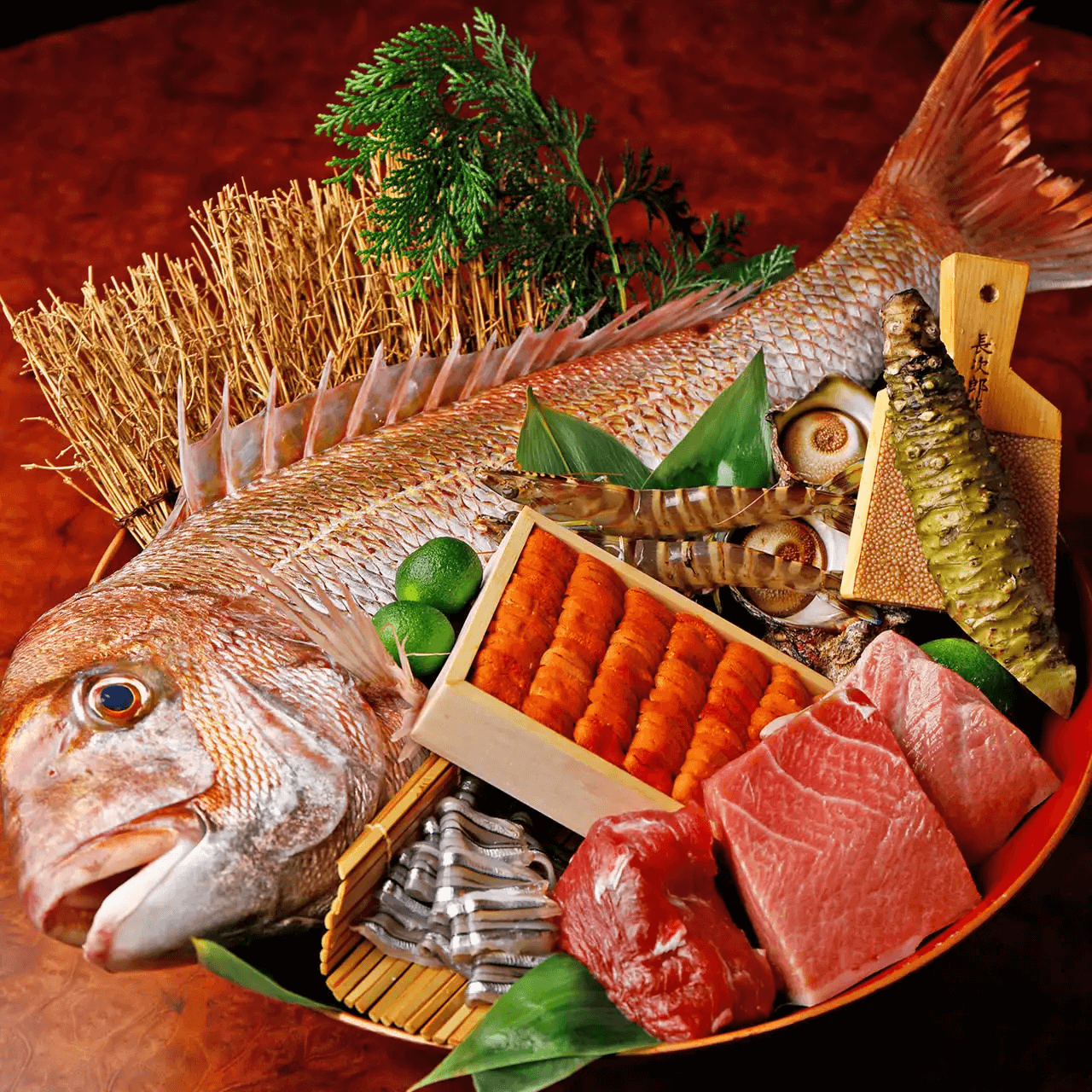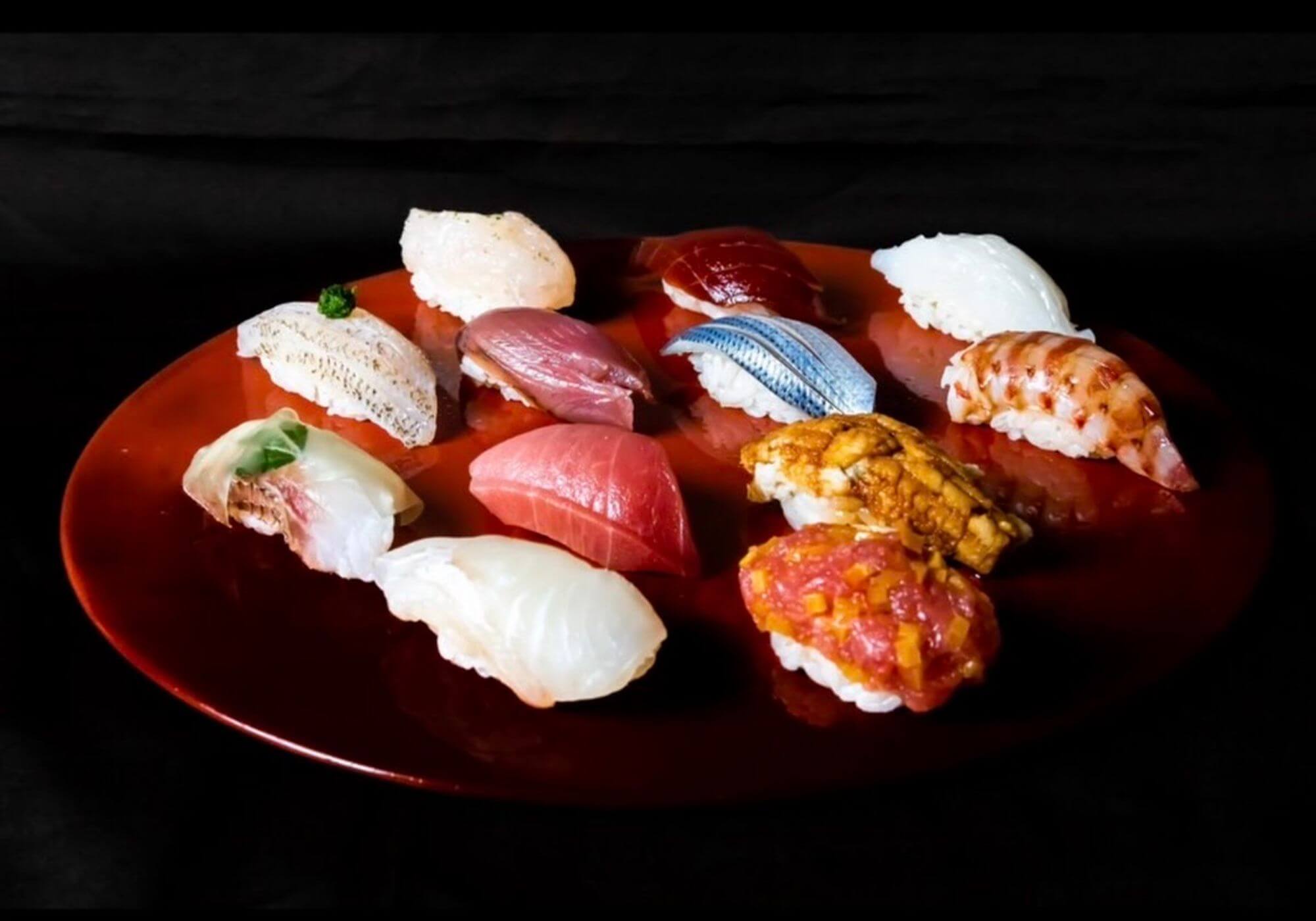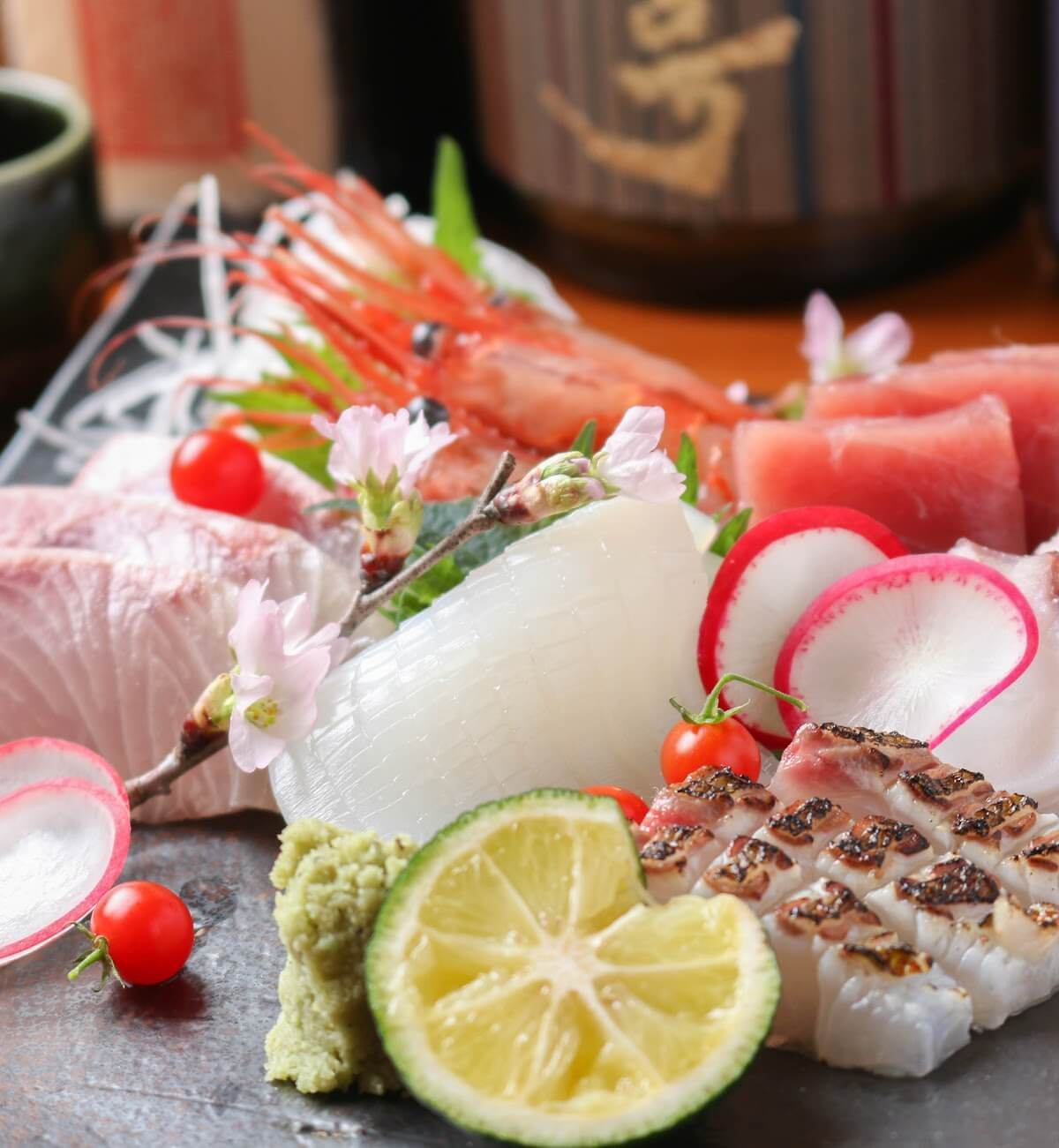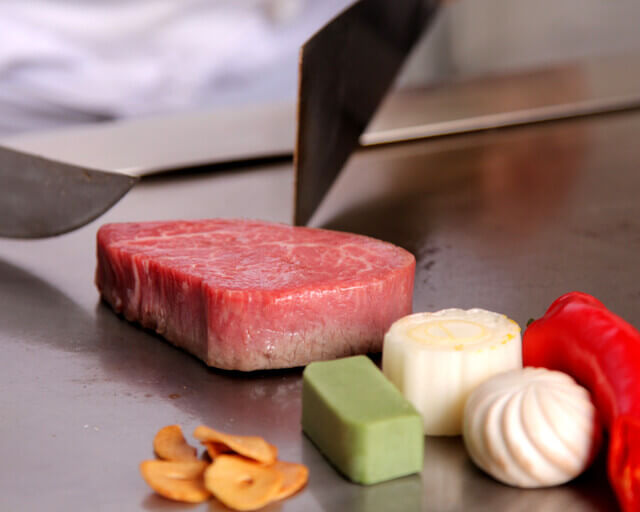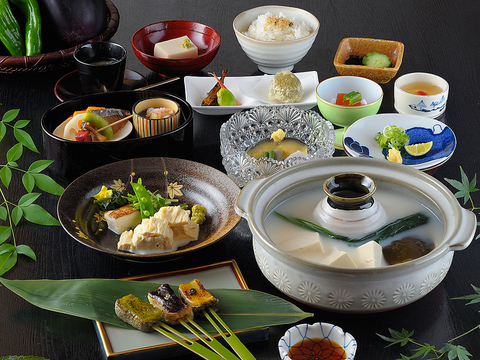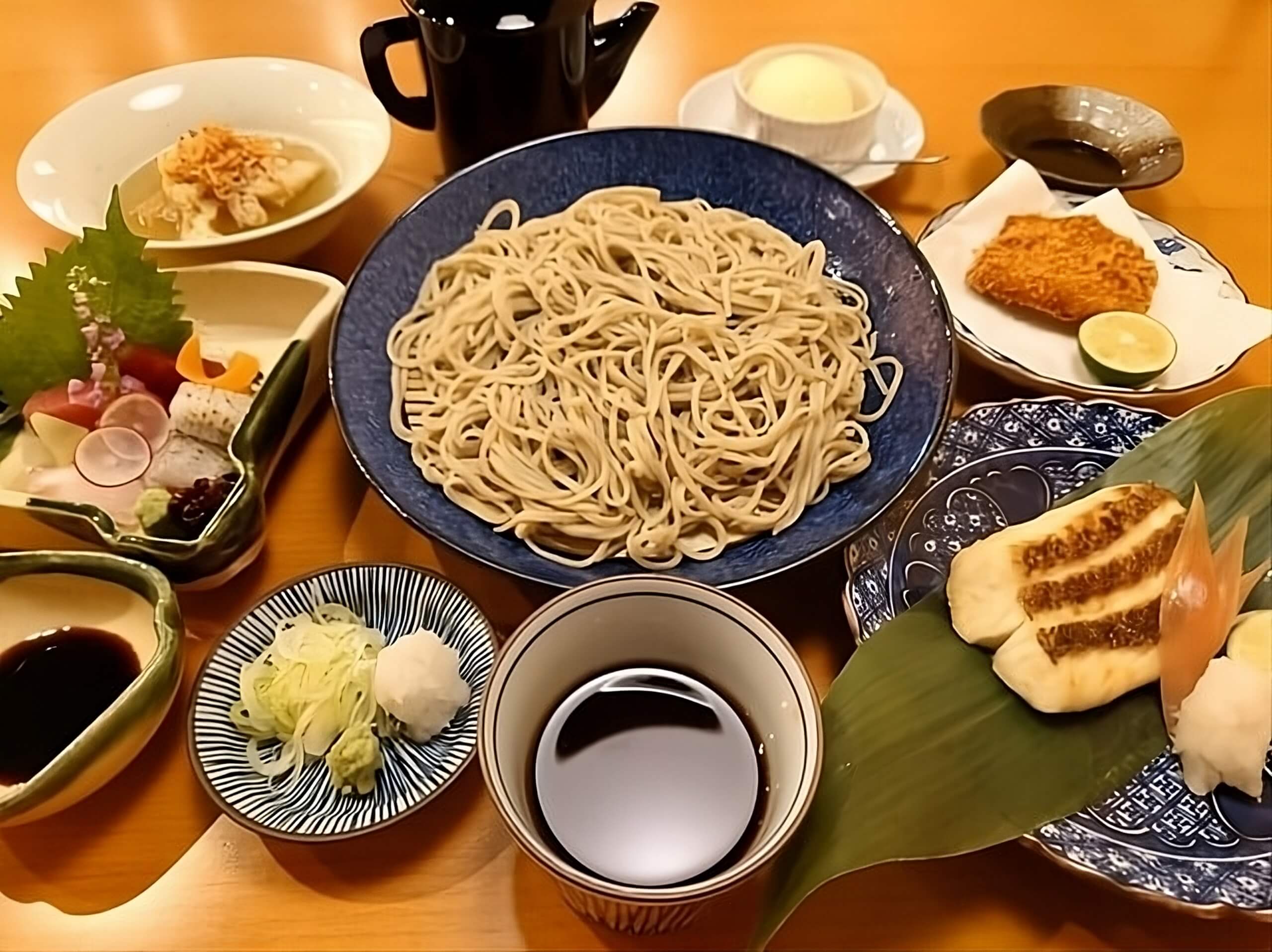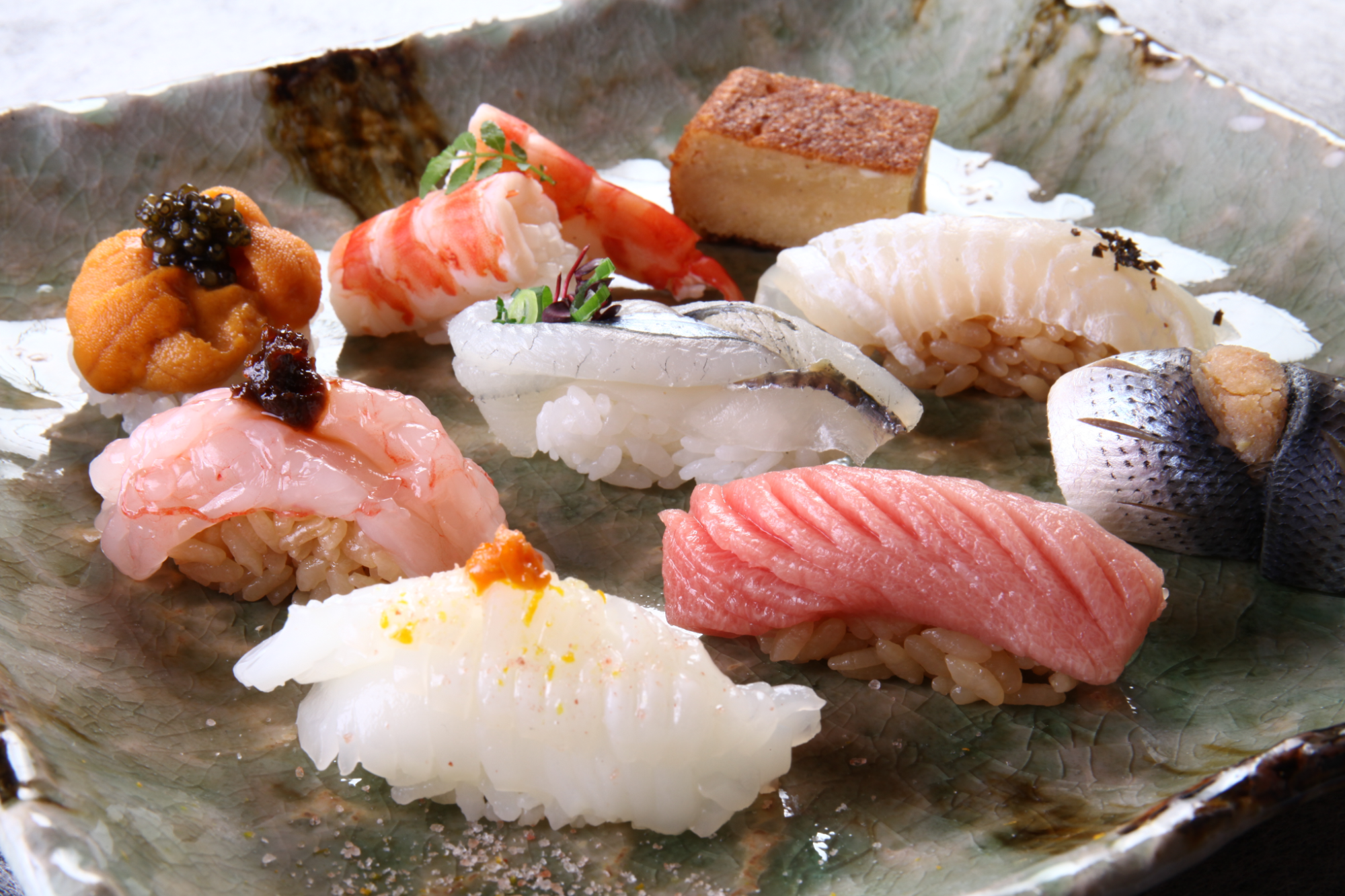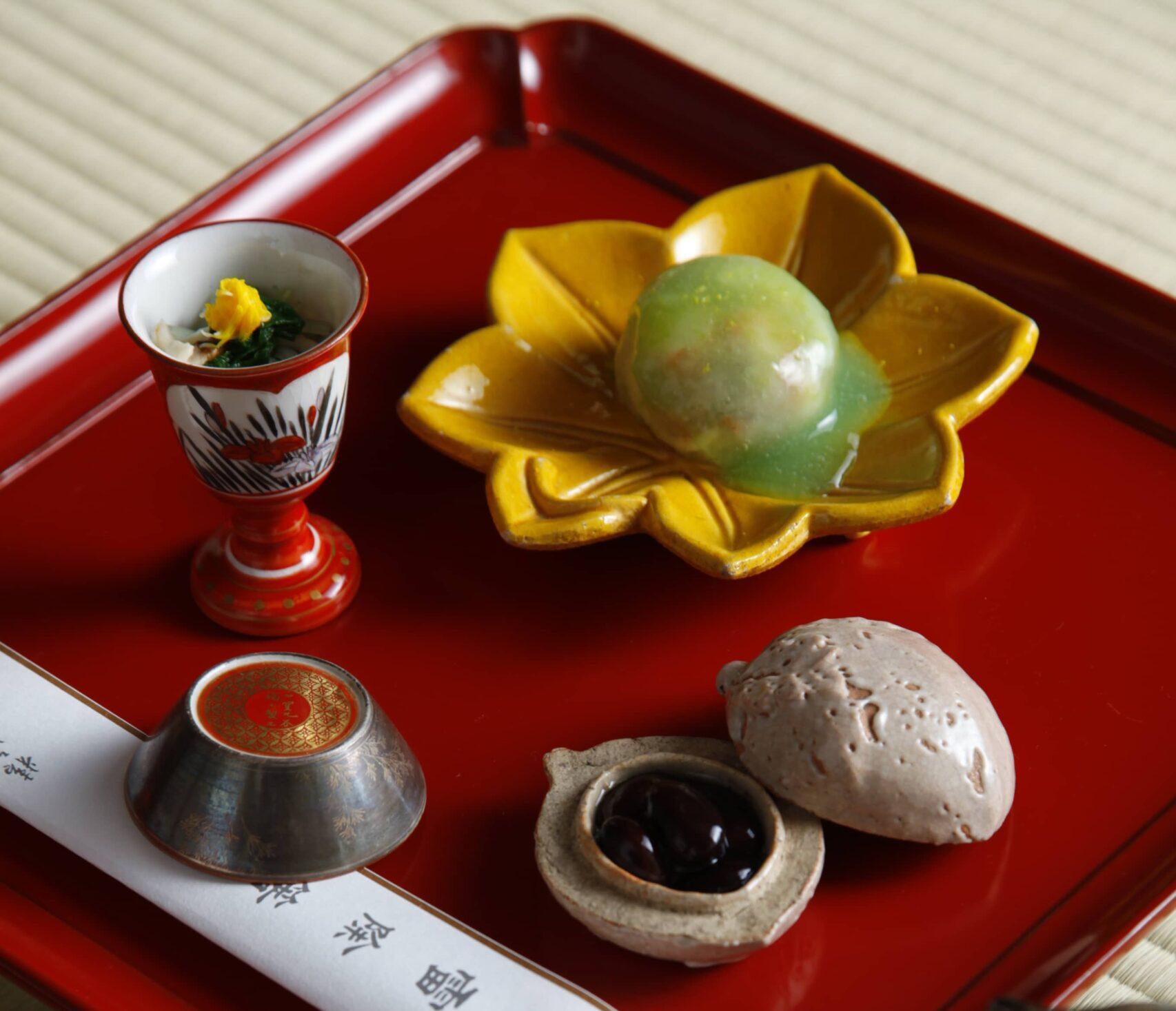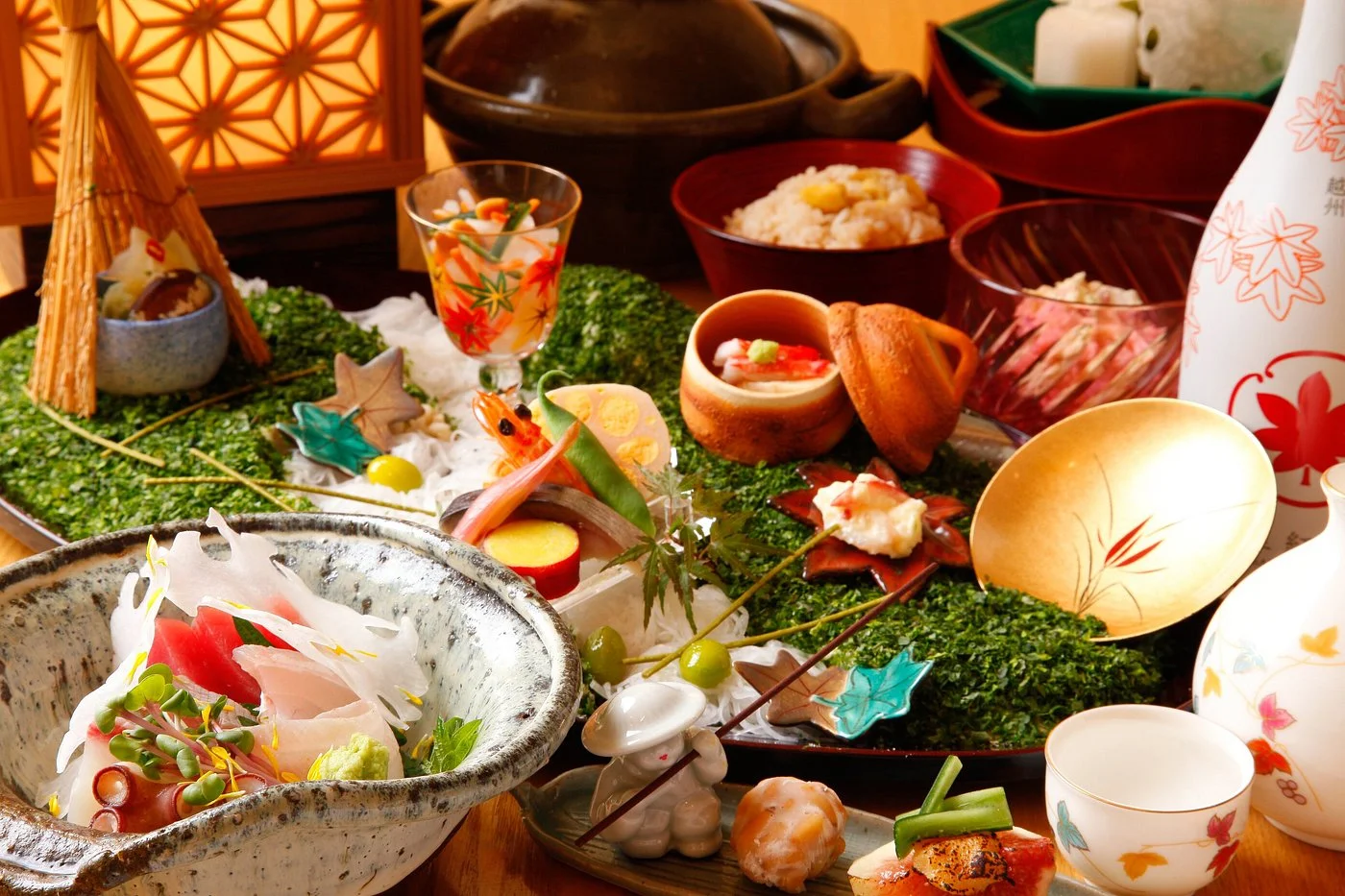Visiting a Japanese castle is one thing that can’t be omitted from your Kyoto itinerary. Kyoto is at the heart of the Kansai region, which was historically one of the most fought over lands during the feudal area of Japan. During the volatile Senogoku era (1477 – 1573) warring samurai lords built numerous fortresses around Kansai to help protect their territories or claim them after battles, resulting in an abundance of castles in the area. Sadly, many of the elaborate wood and stone structures built by samurai were later destroyed during the Meiji era (1868 – 1912). In the 20th century, Japan made a move to quickly preserve what was left of the Japanese castles in the country, as well as to reconstruct many of them to preserve Japanese history and culture. That means when you see a Japanese castle today, the castle you will be seeing will often be a reconstruction, but not always.
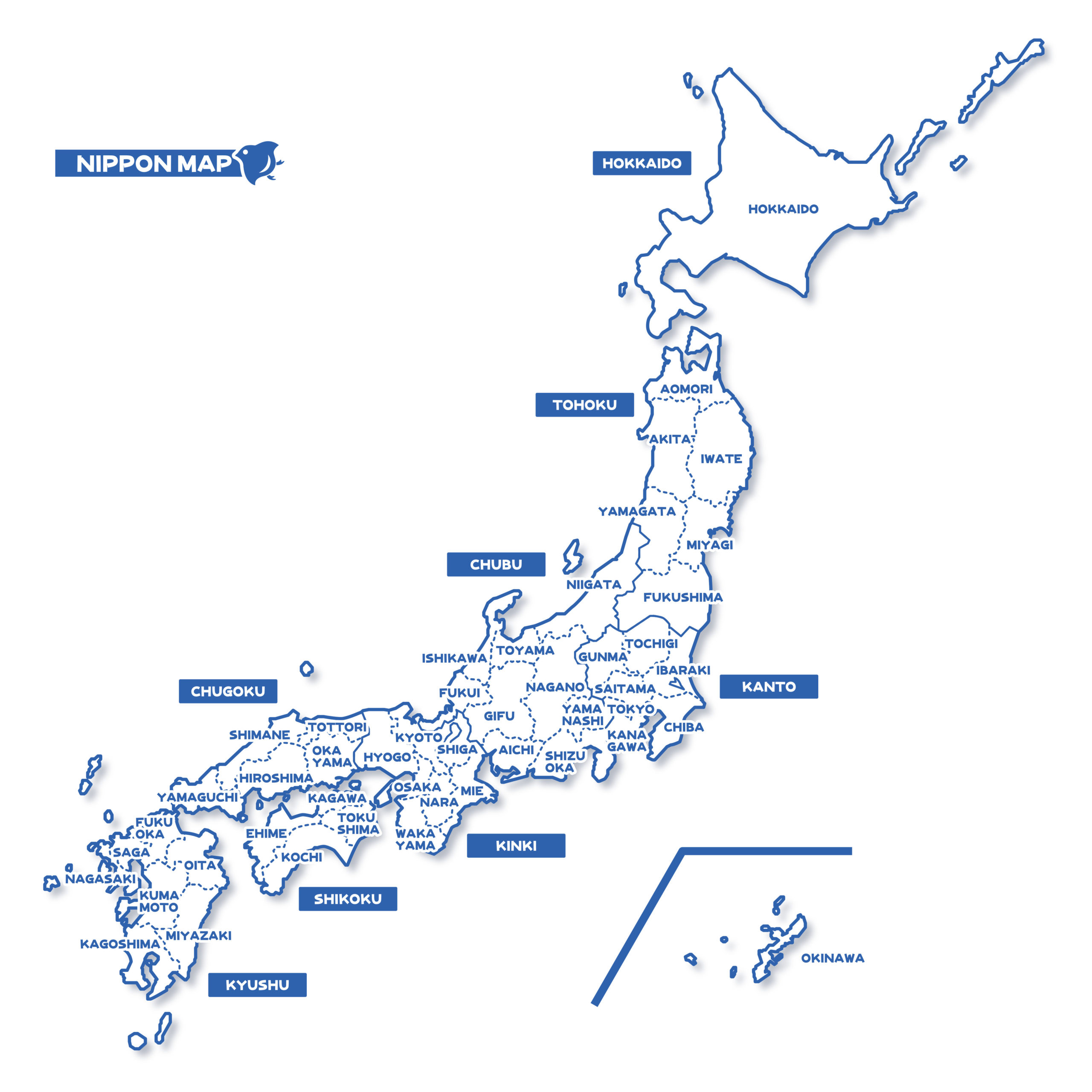
In the Kansai region, near Kyoto, there are two castles that survived the era of destruction; Himeji Castle and Hikone Castle. Only twelve castles in the whole of Japan have preserved their original form, and Kansai has two! They, as well as Nijo Castle, really are a must-see in Kyoto.
In addition to those incredible examples, several more castles have undergone painstaking rebuilding and are truly worth seeing. You may not have enough time to see all the Japanese castles we mention. However, we encourage you to visit at least one or two. They’re a fascinating way of discovering more about Japan’s past cultures and traditions firsthand!
See our recommended accommodations in Kyoto: MACHIYA RESIDENCE INN KYOTO
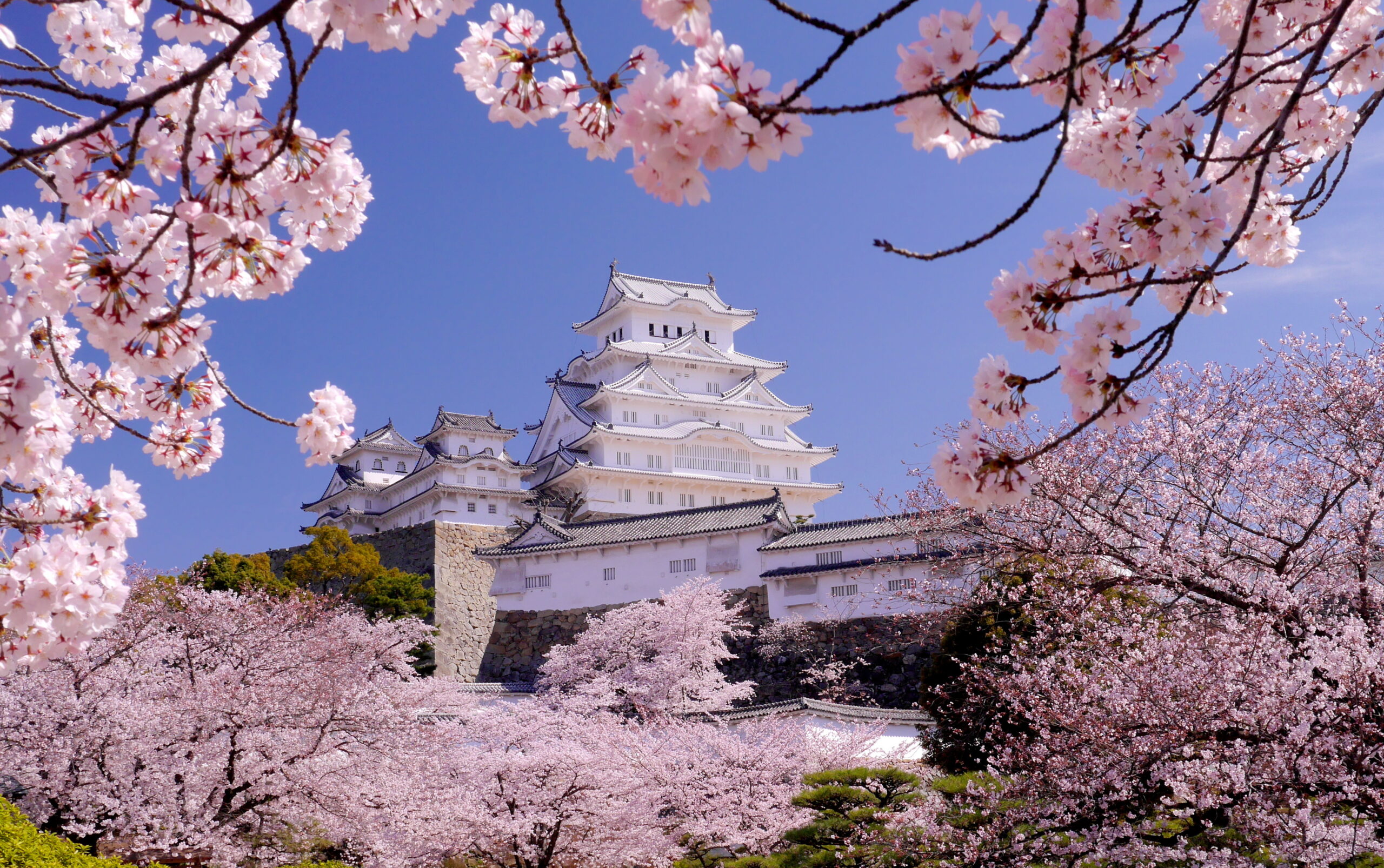
Besides experiencing history and beautiful architecture, visiting Japanese castles can also be a great way to experience nature while in Japan. This is especially true if you’re traveling during the springtime, specifically cherry blossom (sakura) season. You’ll find that most Japanese castles have an abundance of cherry blossom trees planted nearby or throughout the gardens, making it one of our favorite places to experience “hanami”, or cherry blossom viewing parties.
Originally, Japanese castles did not have many trees planted nearby, as to not hinder the view of incoming enemy soldiers. After the Meiji era (1868-1912), in an effort to preserve the remaining Japanese castles and make it a place where the Japanese people could enjoy and appreciate, the Japanese government and other groups made efforts to specifically plant cherry blossom trees near and around the castles.
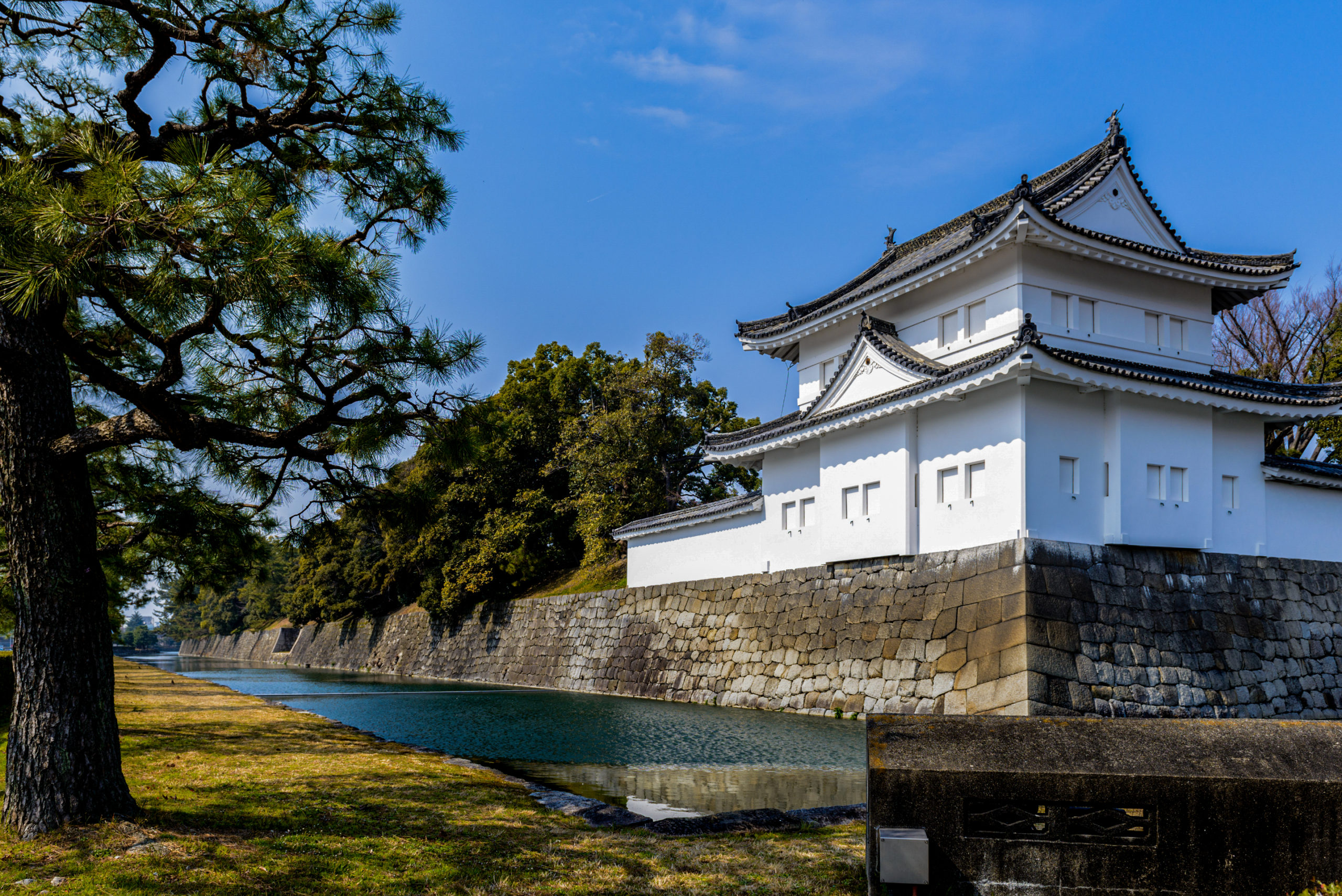
Nijo Castle is the best Japanese castle to visit if you want to dive into history without leaving the city. You can easily get to Nijo Castle from Kyoto Station. All you have to do is take the Karasuma Subway to Karasuma-Oike Station where you will need to change onto the Tozai Line that will drop you at Nijojo-mae Station. The Nijojo-mae Station is right next to the castle so you won’t have far to go once you get off the train. You’ll also be within walking distance of the Kyoto Gyoen National Garden which is another must-see in Kyoto.
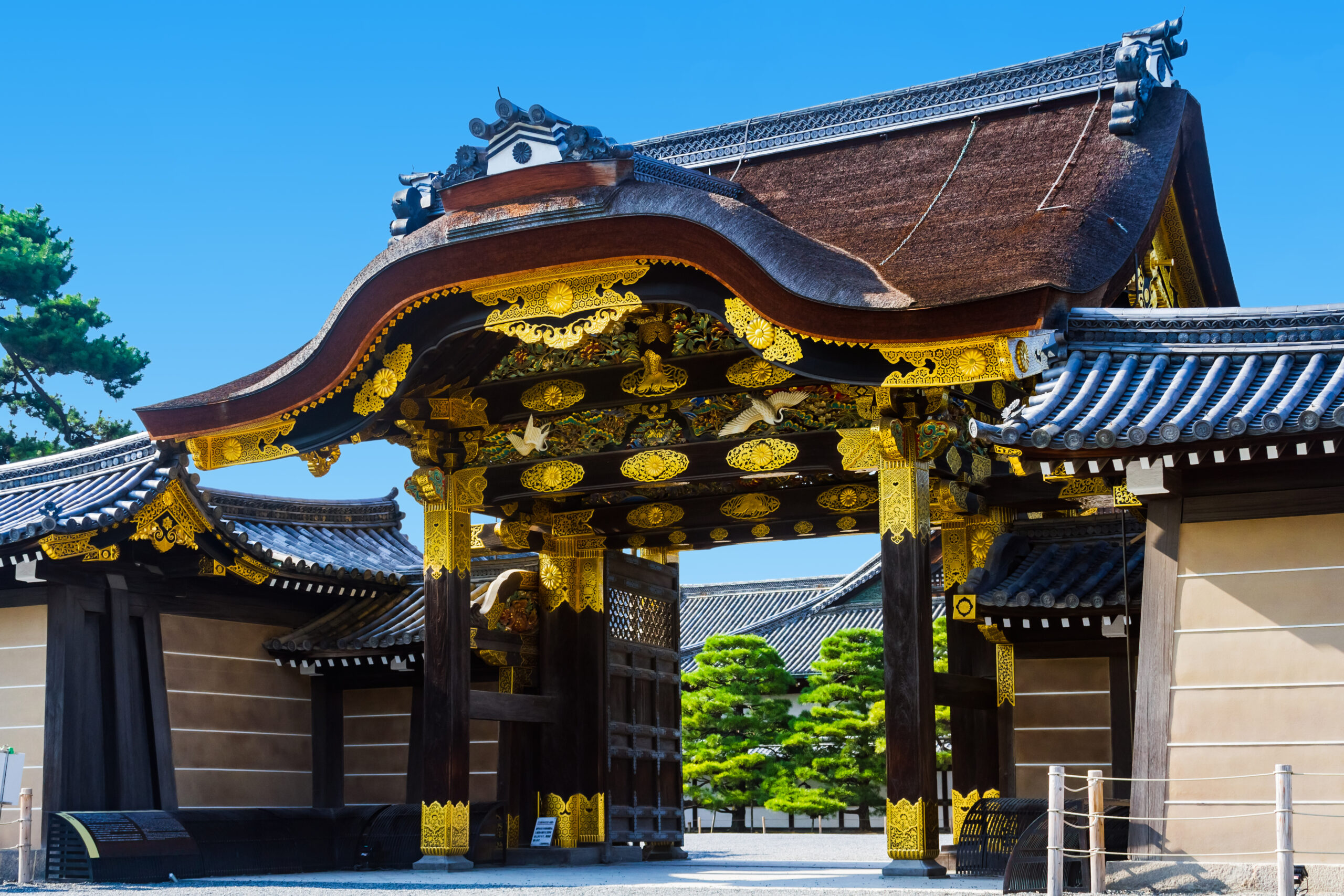
The construction of Nijo Castle began in 1601 and took twenty-five years to complete. It was originally the residence of the Tokugawa shogunate who ruled from there until the castle became imperial property in the Meiji era. Now a UNESCO World Heritage Site, the castle consists of the opulent Ninomaru Palace, the slightly less grandiose Honmaru Palace, acres of elaborate gardens and two rings of fortified and moated walls.
At the castle’s entrance is an outstanding example of a karamon gate, but what piques visitor’s curiosity most about Nijo Castle are its famous nightingale floors. The wooden floors in the castle emit a bird-like chirping when they are walked on. While legend says the noise was used to alert the castle’s inhabitants of intruders, modern-day experts believe the sound, made by nails in the floor joints, was created by accident. Intentional or accidental, this unusual chirping is something you have to hear for yourself!
|
Nijo Castle |
|
|---|---|
| Address | 541 Nijojocho, Nakagyo Ward, Kyoto, 604-8301 |
| Google Map | https://maps.app.goo.gl/KLXacAX9CFHaRiQZA |
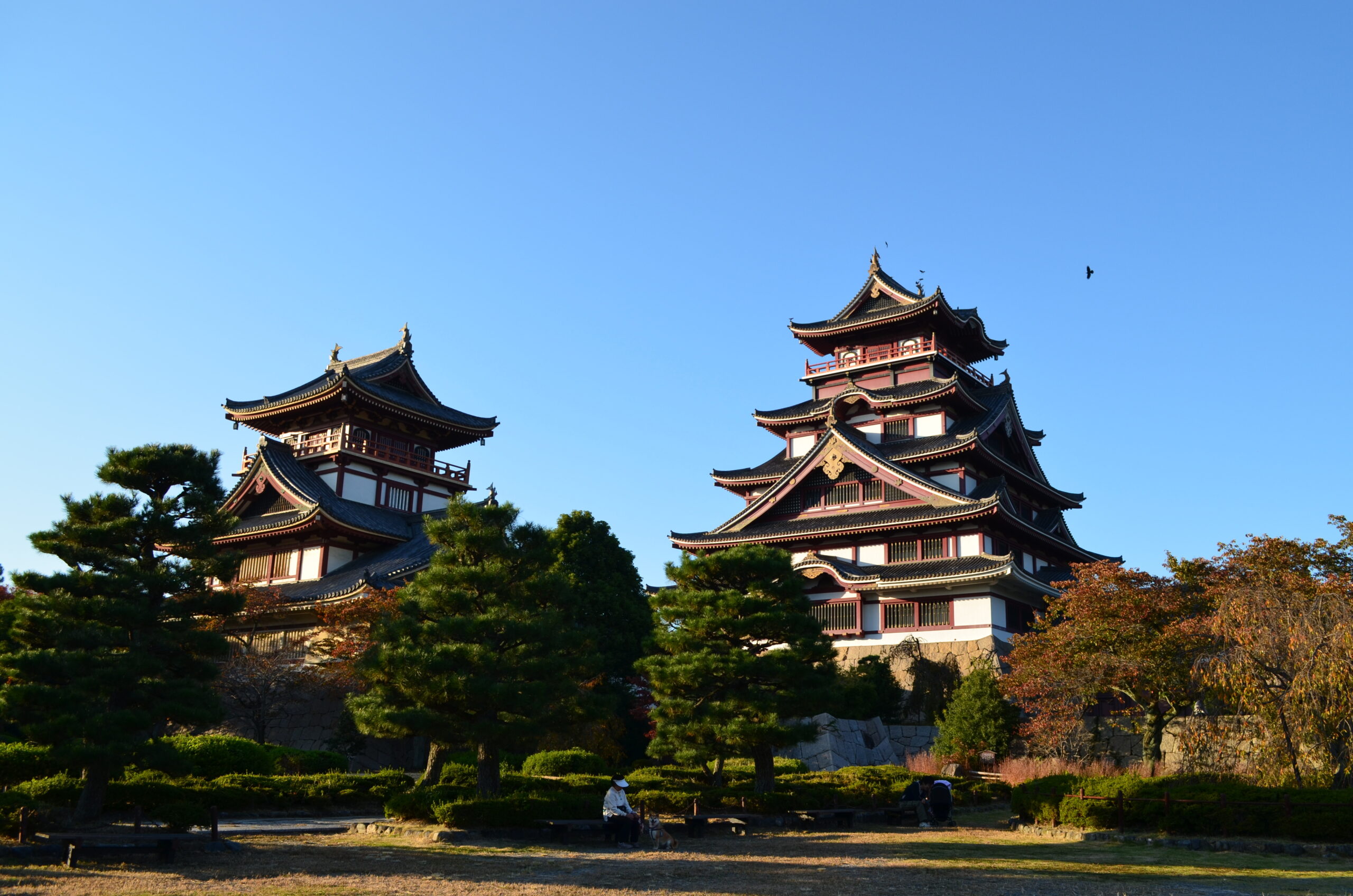
Fushimi Momoyama Castle is a Japanese castle that has been destroyed and rebuilt several times through history. The original structure was built in the late 16th century to serve as a retirement palace for an important samurai of the time. It was left in ruins after an earthquake, rebuilt, and then partially destroyed again during a lengthy siege before being totally dismantled during the Meiji Restoration period. Many of the castle’s features, including parts of a bloodstained floor, were reused in shrines and temples around Kyoto where they can still be seen today.
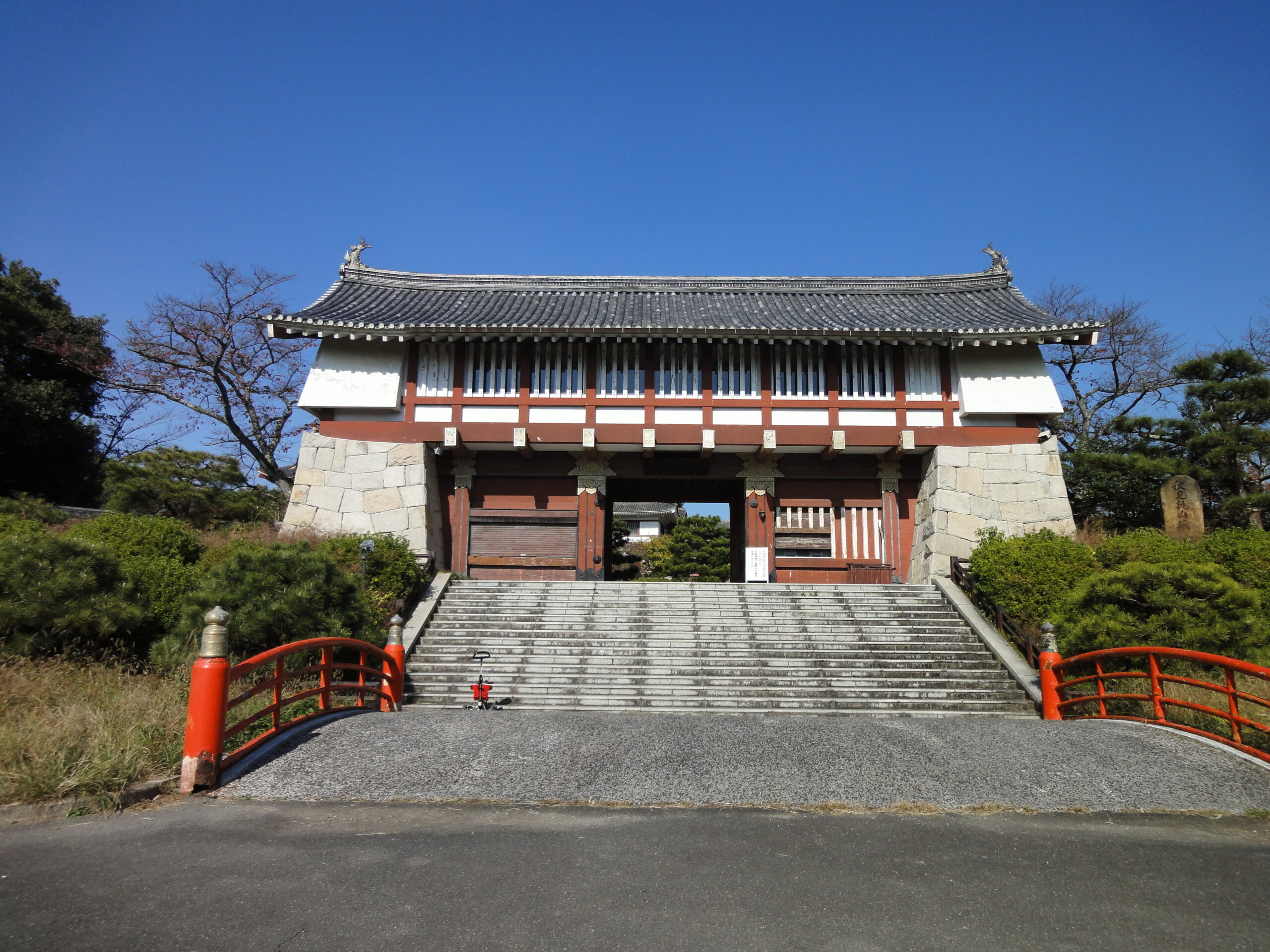
A replica of the Fushimi Momoyama Castle was built near to its original site in the early 1960s, but not as a site of historic interest. The new concrete structure with its elegant twin keeps was part of a theme park that eventually closed due to bankruptcy. Even though you can no longer go inside Fushimi Momoyama Castle, it’s still worth going to see. The tranquil gardens that surround it are beautiful in spring and autumn and the perfect place to admire the castle’s intricate architecture while contemplating its troubled history.
To get to Fushimi Momoyama Castle you can take a train on the Kyoto-Kintetsu line from Kyoto Station to Kintetsu-Tambabashi Station. While you are in the area don’t miss making a stop at the impressive Fushimi Inari Shrine or visiting any of the Fushimi area’s famous saki breweries.
| Fushimi Momoyama Castle | |
|---|---|
| Address | 45 Momoyamachō Ōkura, Fushimi Ward, Kyoto, 612-0853 |
| Google Map | https://maps.app.goo.gl/36bX8gNhU8NQa8aq6 |
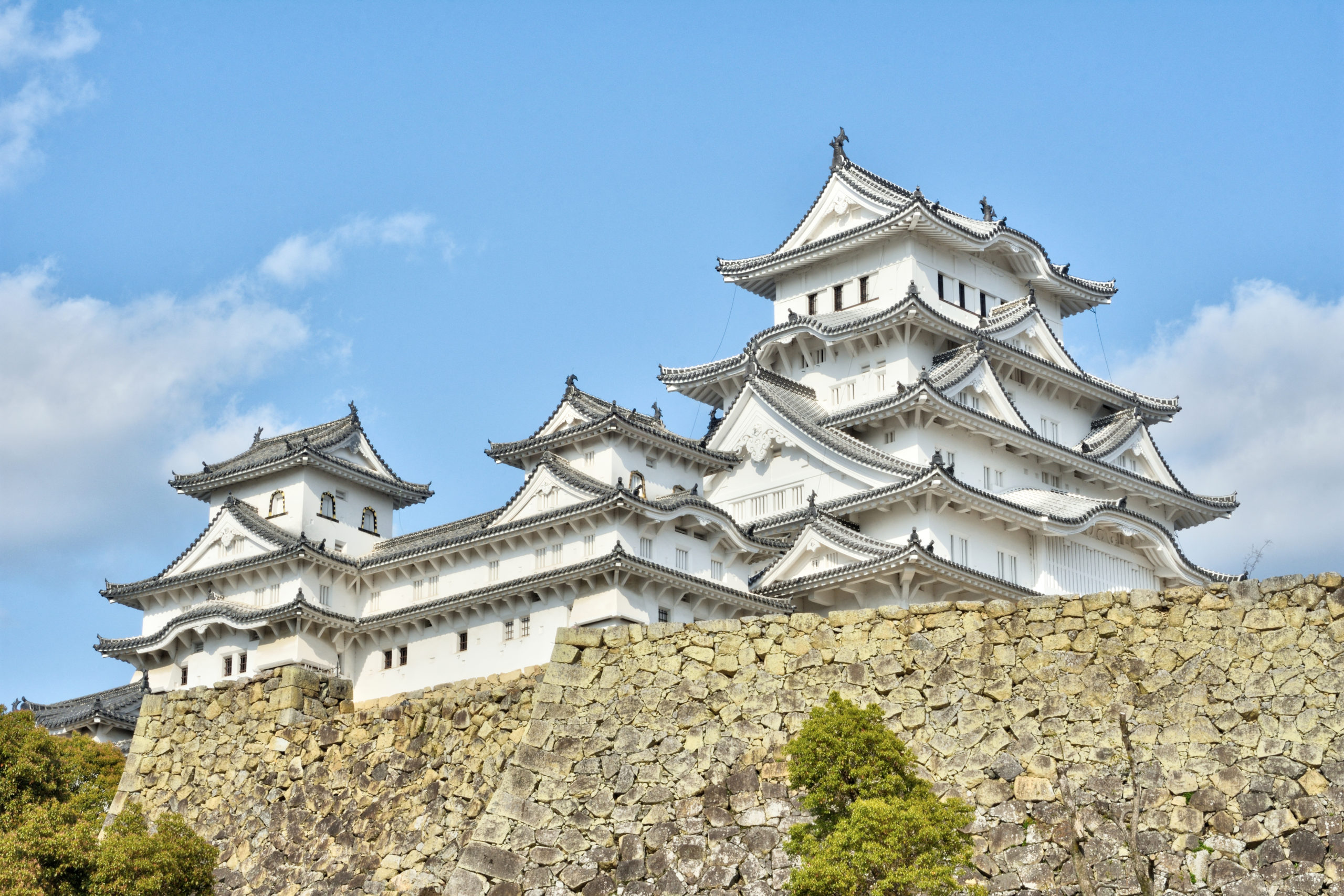
When someone asks us what to do in Japan, we have to recommend taking a day trip from Kyoto to Himeji Castle. It’s hard to imagine just how beautiful Himeji Castle is unless you see it for yourself. Even photographs don’t do this castle, often considered the best surviving example of a quintessential Japanese castle, justice.
Himeji Castle, often called the White Heron or White Egret castle due to its brilliant white exterior facade and structure’s resemblance to a bird taking flight, is an elaborate castle structure that sits high up on Himeyama hill overlooking the city it’s named after. There has been a fortress in that same location since the 14th century, but the existing building dates from the early 17th century. Having survived wars and earthquakes, it is one of the oldest and best preserved examples of a Japanese castle in the country.
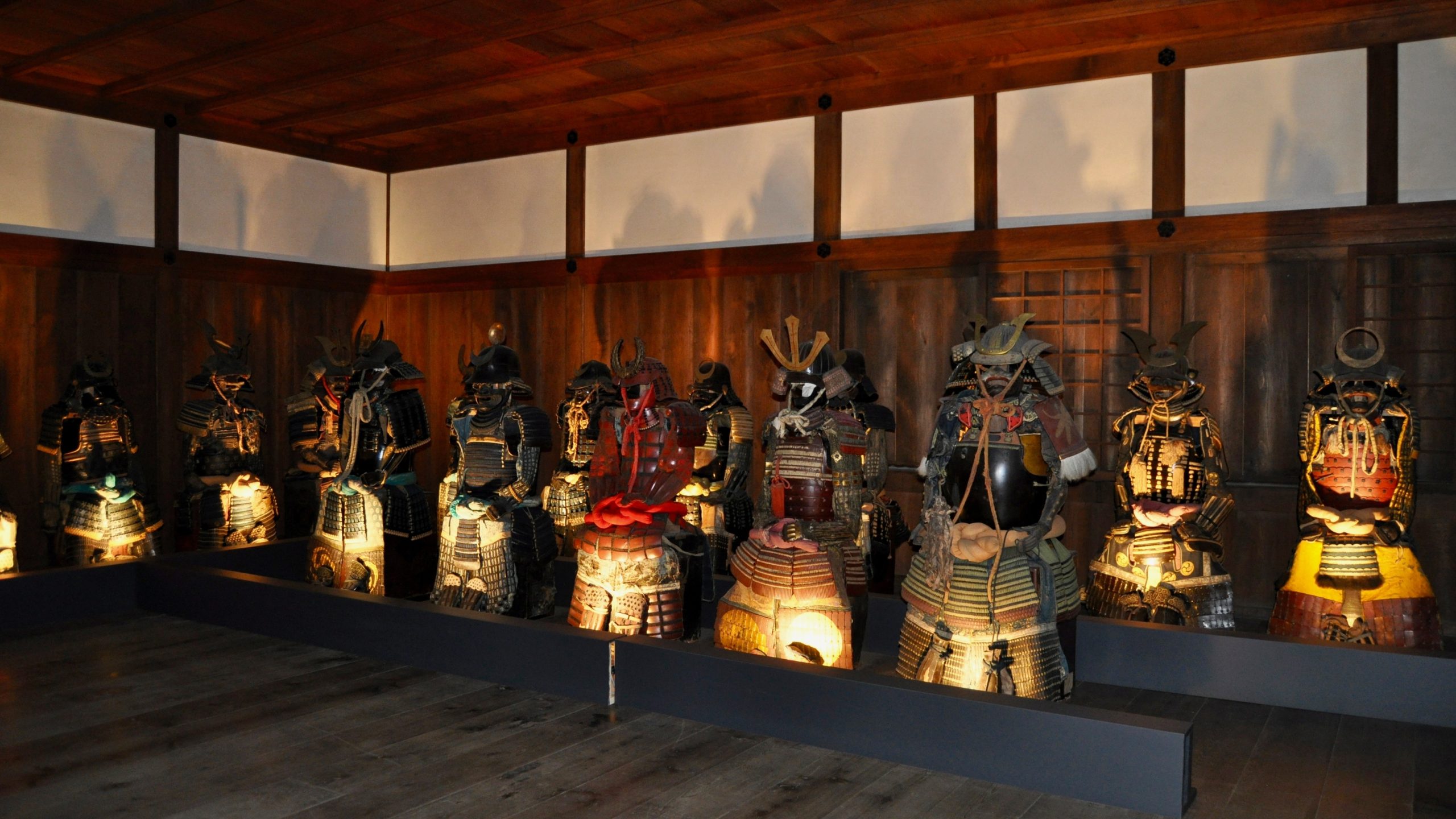
When you go to visit Himeji Castle you need to go prepared with either some socks or soft slippers. It’s not permitted to enter the castle in outdoor footwear in case the heels of your shoes damage the wooden floors. You may also need to queue to get in as it is the most visited castle in Japan. If you want to plan ahead of arriving, you can check waiting times to enter on the castle’s official website.
The train ride between Kyoto and Himeji, located in Hyogo prefecture, takes around ninety minutes, or forty-five minutes to an hour on the Shinkansen bullet train. If you have a Japan Rail Pass then the Shinkansen is the fastest option. Once you are in Himeji, it takes about fifteen minutes to walk to the castle from the station.
| Himeji Castle | |
|---|---|
| Address | 68 Honmachi, Himeji, Hyogo 670-0012 |
| Google Map | https://maps.app.goo.gl/dQweGQ96sfxXEhT1A |
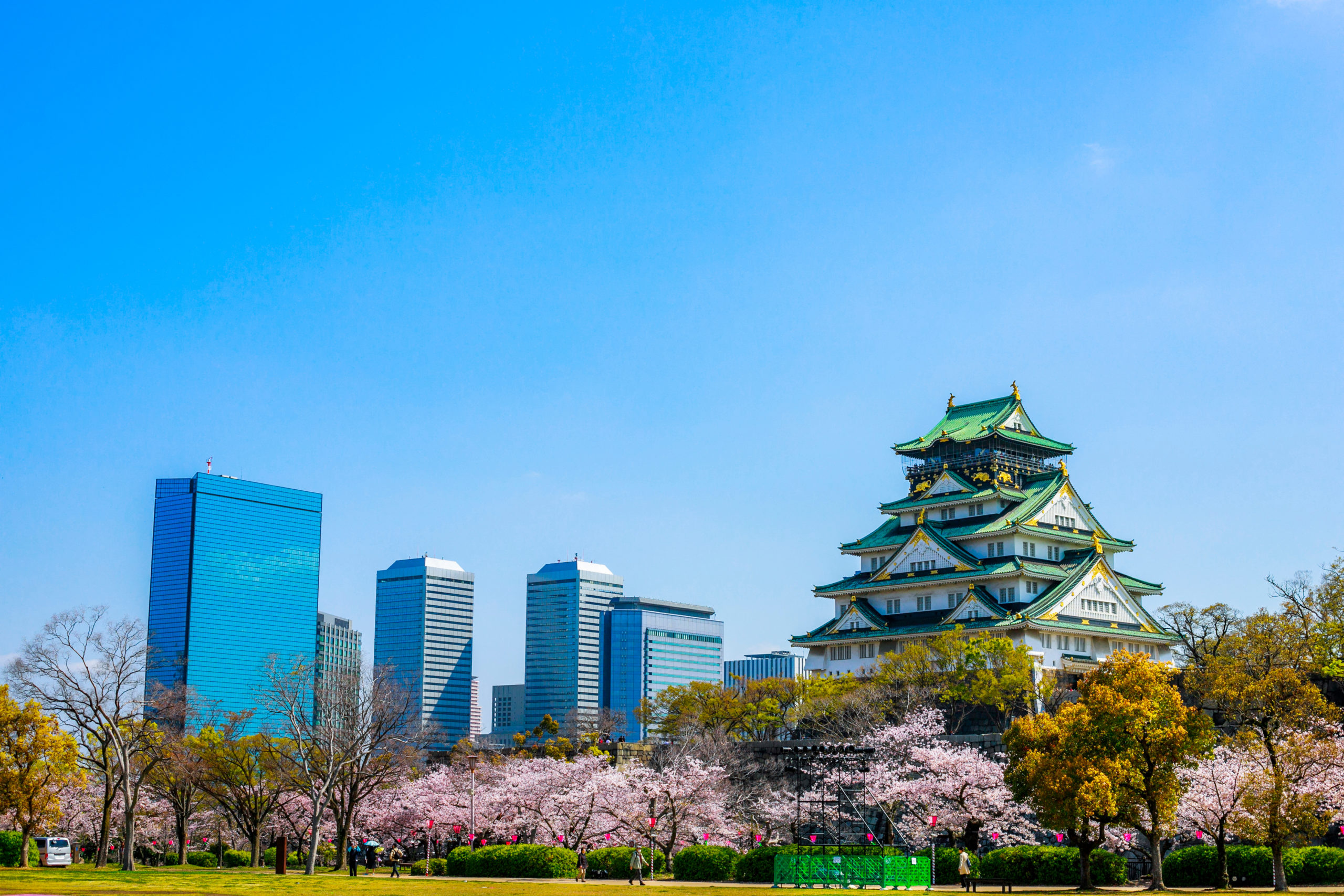
The Osaka Castle that exists today may be a replica of the original structure, but it’s still one with such amazing architectural beauty that it stands out against the highrises that surround it. The five-tiered castle building houses a museum dedicated to the castle’s history and to the samurai who first built it, Toyotomi Hideyoshi. There is also a viewing point in the castle from where you can look out over Osaka and Osaka Bay.
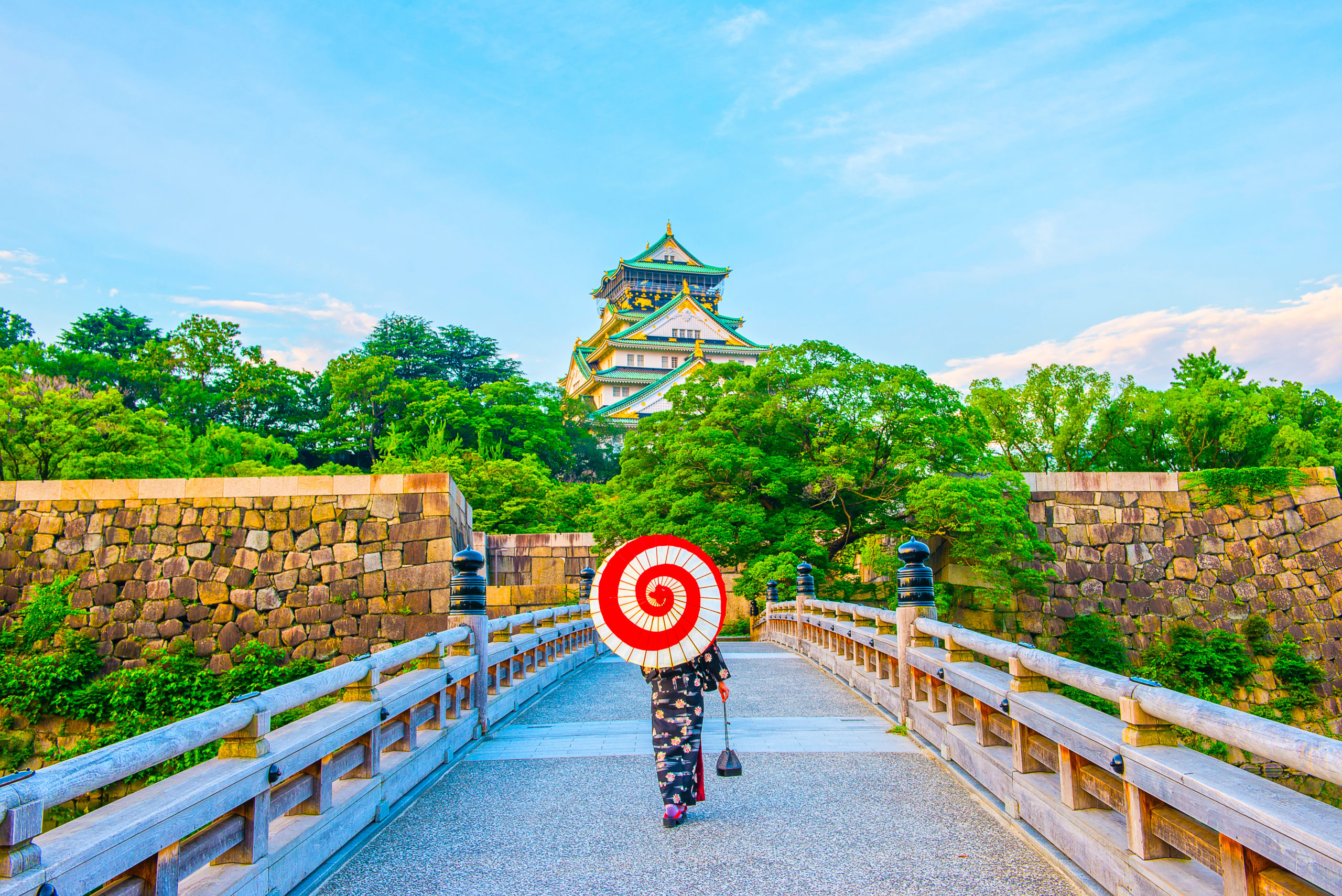
Osaka Castle is surrounded by the two-hundred and fifty plus acres of the Osaka Castle Park. The park is renowned for its springtime display of cherry blossoms so that’s a great time to visit. If you’re lucky, you may even catch one of the many free concerts that are held in the park. That will add even more enjoyment to your visit.
The regular JR train from Kyoto to Osaka takes around ninety minutes, but with a Japan Rail Pass you can catch the Shinkansen and be there in around an hour.
| Osaka Castle | |
|---|---|
| Address | 1-1 Osakajo, Chuo Ward, Osaka, 540-0002 |
| Google Map | https://maps.app.goo.gl/Q4qn7nfRmk5VYP556 |
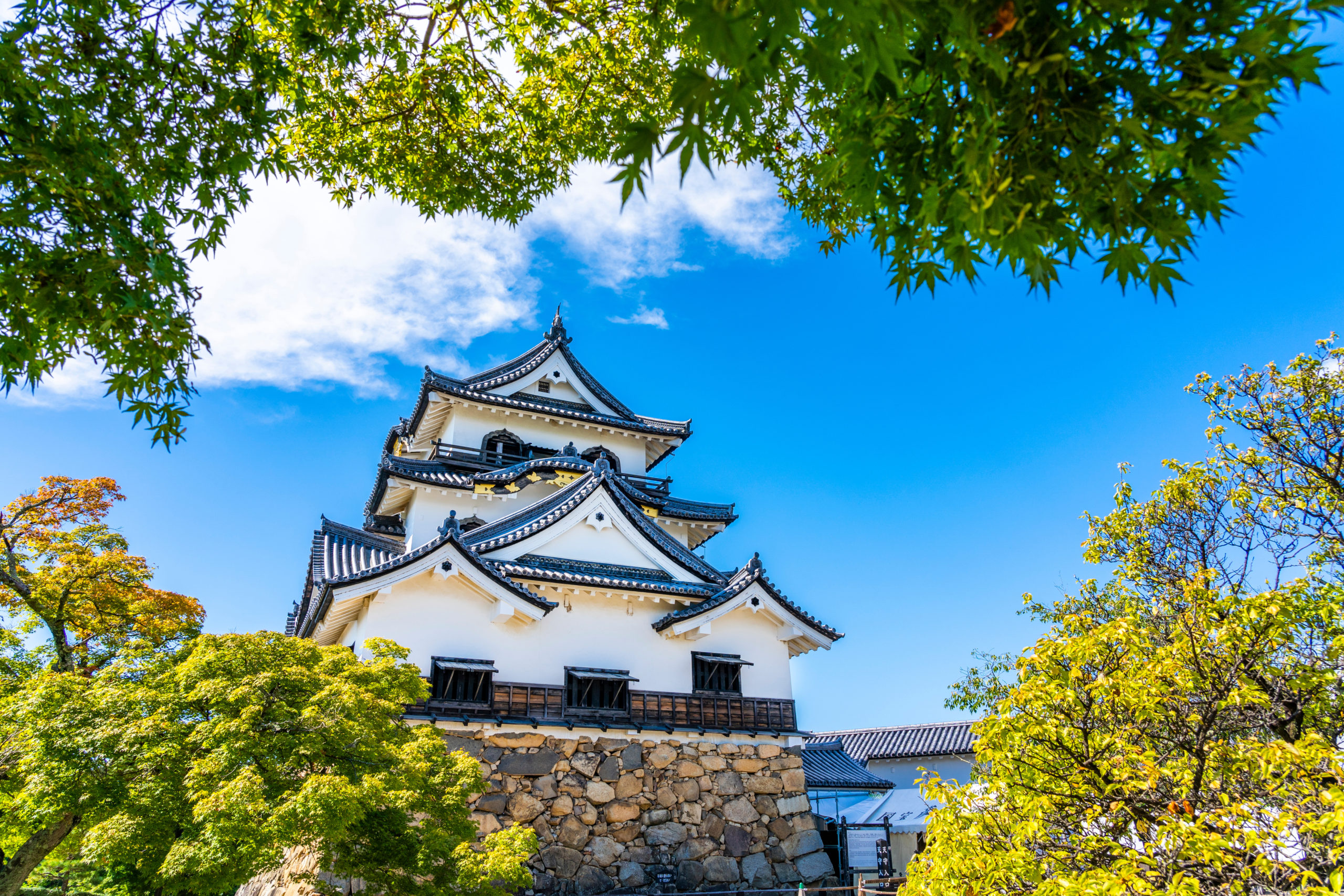
Hikone Castle is another of the twelve castles in Japan which has survived intact since its construction. That means Hikone Castle has been occupying the same spot on a hill in Hikone City in Shiga prefecture since 1622. That’s a long time, but the castle has been regularly renovated and remains in pristine condition.
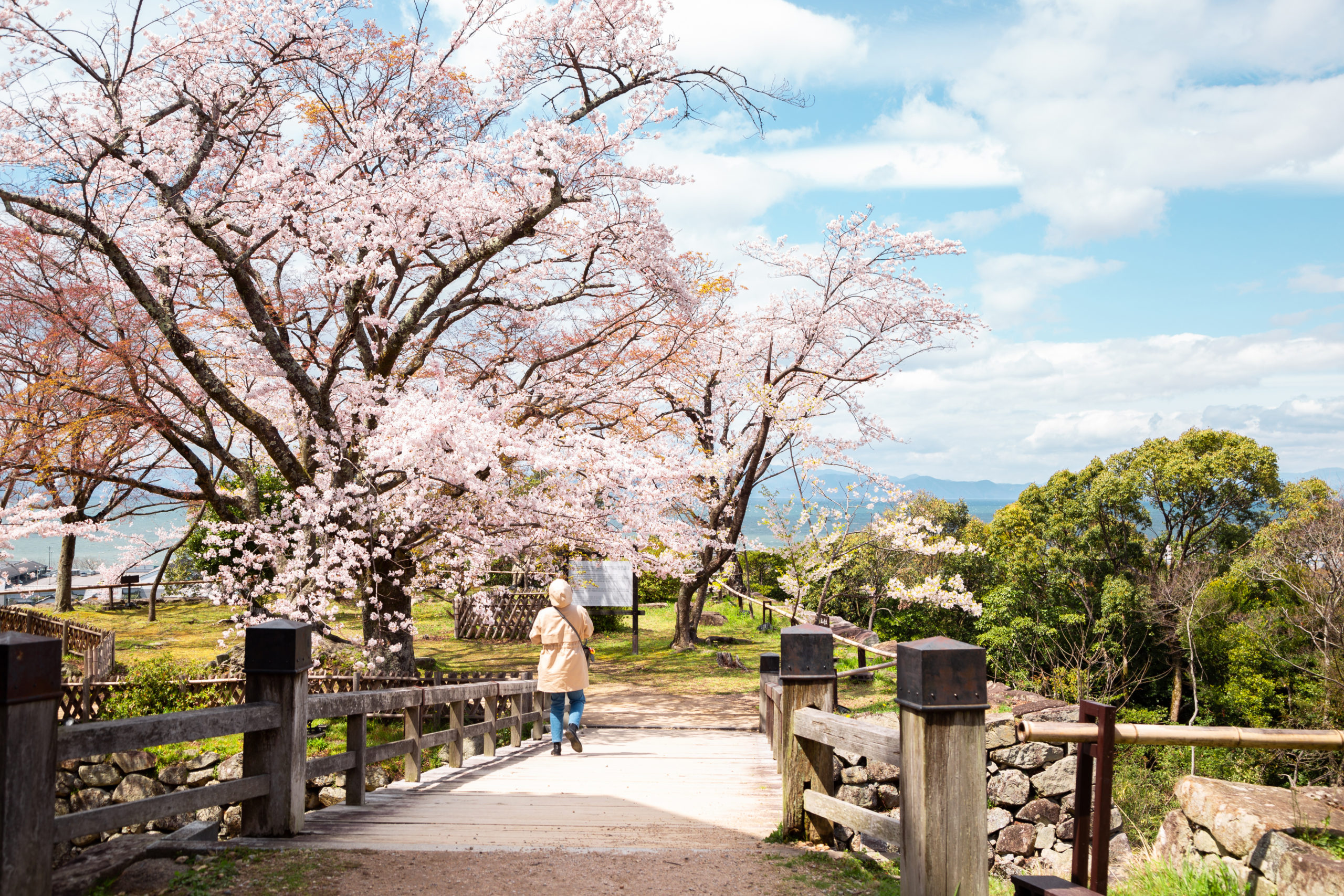
The interior of Hikone Castle is not as opulent as the palaces in the Nijo Castle, but as you wander through the tatami rooms, it will give you a better idea of how the samurai actually lived. There are also exhibition rooms with displays of armor, clothing and general artifacts related to the era which are of particular interest. The gardens are another favorite spot to enjoy the annual blooming of the cherry trees.
The JR train from Kyoto to Hikone takes around an hour while the Shinkansen takes just twenty-five minutes. From Hikone Station to Hikone Castle is a fifteen minute stroll along a straight street so you have no need to worry about getting lost on the way.
| Hikone Castle | |
|---|---|
| Address | 1-1 Konkicho, Hikone, Shiga 522-0061 |
| Google Map | https://maps.app.goo.gl/raVepvMXSVmsHwHv7 |
In the Kansai region, near Kyoto, there are two castles that survived the era of destruction; Himeji Castle and Hikone Castle. Only twelve castles in the whole of Japan have preserved their original form, and Kansai has two! They, as well as Nijo Castle, really are a must-see in Kyoto.
In addition to those incredible examples, several more castles have undergone painstaking rebuilding and are truly worth seeing. You may not have enough time to see all the Japanese castles we mention. However, we encourage you to visit at least one or two. They’re a fascinating way of discovering more about Japan’s past cultures and traditions firsthand!
Looking for the perfect place to stay during your trip to Japan? MACHIYA INNS & HOTELS offers a collection of beautifully renovated traditional Japanese accommodations in Kyoto, Kanazawa, and Takayama. Each property combines the charm of historic machiya architecture with modern amenities, providing an authentic and comfortable experience.
Choose from private holiday house rentals or boutique hotel rooms, each thoughtfully designed to preserve the unique character of traditional Japanese design while meeting the needs of today’s travelers. Whether you’re exploring ancient temples in Kyoto, sampling fresh seafood in Kanazawa, or wandering the quaint streets of Takayama, our accommodations provide the perfect home base for your adventures.
Discover your ideal stay and start planning your unforgettable journey to Japan. Visit the MACHIYA INNS & HOTELS official website to learn more and book your stay today!
Make your trip a truly local experience, and go where the locals go. If you're wondering where the locals go to eat when hanging out with family, celebrating with friends, stopping by for an after work drink... look no further.
Machiya Locals Website
